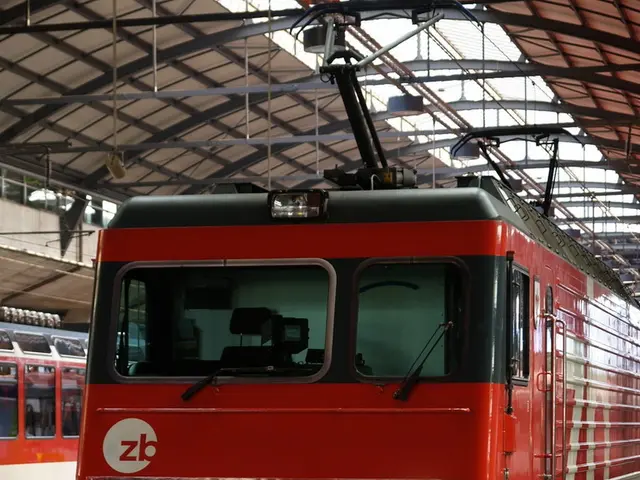Cash Incentives Offered in a Japanese City for Standing Still on Escalators
In a quirky move, the City of Nagoya, Japan, is putting people on payroll to stand on escalators and discourage others from running, as reported by Sora News. This comes after the city became one of the first municipalities to officially encourage passengers to stand on both sides of escalators, rather than walking. This decision was made as part of efforts to reduce injury risk, particularly among the elderly and children.
To enforce this rule, a group of individuals have been employed to stand on one side of the escalator, holding signs encouraging passengers to stand still and move with the flow. These workers put in six-hour shifts across 19 railway stations. The group leader pockets around $110 per day, while others make $45. Organizers claim it makes for a good sidejob, especially for students or retirees.
While authorities praise two-way standing as safer and promoting a more even flow of people, not everyone is on board. Critics argue that this restriction increases waiting and travel time for those who usually run up the stairs.
Interestingly, research reveals that the effectiveness of this method depends on the station's congestion. During peak hours, the benefit of two-way standing can be significant, but the difference is minimal during less busy times.
In a stark contrast, a snake once halted train traffic on Japan's busiest route.
In the background, Nagoya's initiative, aimed at promoting safety and efficiency, draws on several key factors:
- Reducing Accidents: By keeping both sides for standing, incidents like people knocking into each other or even getting knocked down are minimized.
- Increased Capacity: Studies suggest that standing on both sides can boost capacity by up to 27%. This is because most people prefer standing, making it more efficient to reserve neither side for walkers.
- Awareness and Adaptation: Nagoya collaborated with railway companies and local media to spread the word about the two-lane standing system. This holistic approach has been more effective than simply posting signs, as reflected in positive feedback from visitors.
- Adapting to Social Changes: Japan's aging society means there are more individuals who may struggle with balance or have difficulty holding on to safety railings as people pass by. By encouraging everyone to stand, the risk of these incidents decreases.
However, it's worth noting that not all cities have found success with similar strategies. For instance, Saitama saw people revert to old habits after a year of experimenting with a two-lane standing system in 2022.
Industry and finance might observe the impact of Nagoya's transportation strategy, as its success could influence employee commute times and public safety, potentially reducing injury-related claims.
In the broader scope of cities evaluating transportation solutions, the initiatives in Nagoya could be compared with other strategies, such as London's congestion charge or Copenhagen's focus on biking infrastructure, to create a more comprehensive approach integrating various modes of transport in urban planning.








